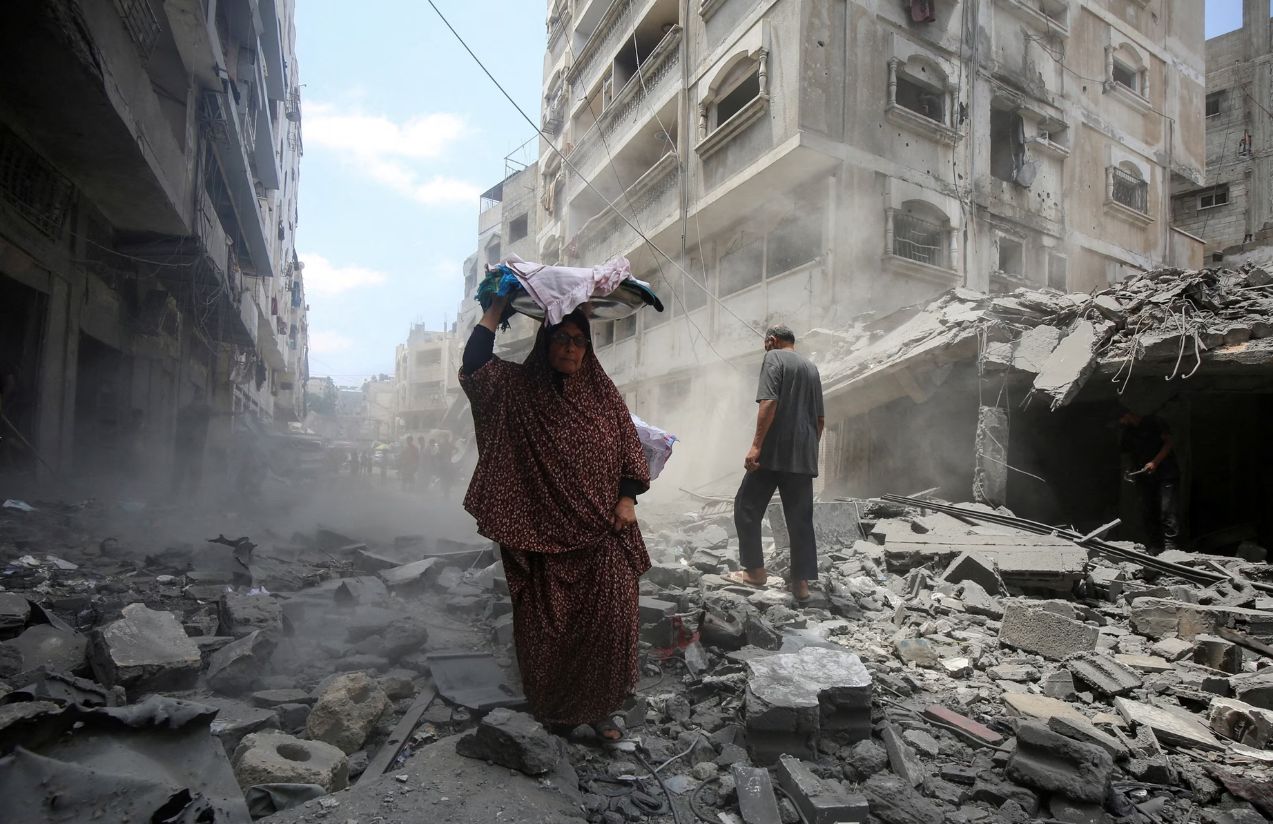The Israeli army has declared Gaza City a “dangerous combat zone,” marking the start of an offensive aimed at seizing control of the largest city in the Gaza Strip. This decision also suspends the daily tactical pauses that had previously allowed limited humanitarian aid to enter.
The offensive comes amid a dire humanitarian crisis:
More than 63,000 people have been killed since the war began, according to Gaza’s Health Ministry. Among these, at least 322 deaths have been attributed to malnutrition, many of them children. As Israeli forces advance, over 23,000 civilians have fled the city in the past week, while organizations such as the International Committee of the Red Cross warn that a safe evacuation is technically impossible under current conditions.
During the campaign, Israel also announced the recovery of the remains of two hostages, as part of ongoing operations to bring back those still held by Hamas.
International criticism has been sharp. UN agencies and NGOs argue that this new phase of the war could deepen an already devastating humanitarian tragedy, as the collapse of basic services and widespread famine worsen inside the city.
Can Gaza City endure this new phase of the conflict without further civilian catastrophe?
The answer is grim: its already weakened population faces the risk of an even greater humanitarian disaster, given the impossibility of safe evacuation and the growing scarcity of essential resources.

